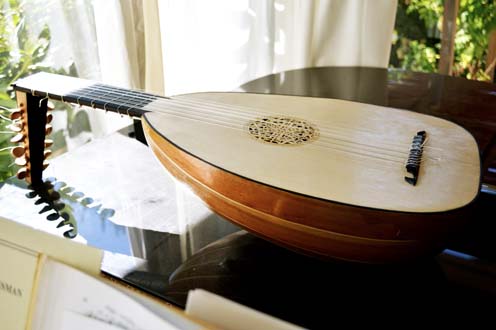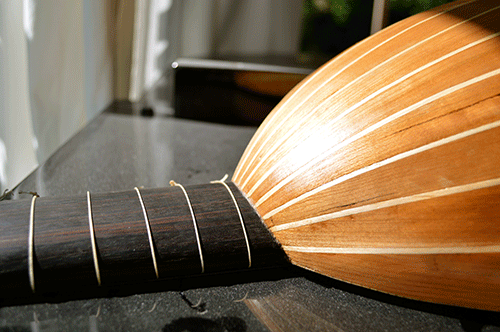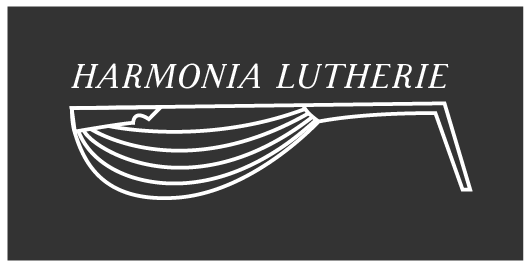
The 6 course lute was the most popular and widely used instrument during the renaissance period. The instruments of this period were shaped and established by prominent German luthiers who travelled south to Italy to set up their shops. Hans Frei and Laux Maler are two of the most well known and influential makers of the early renaissance period.
Surviving intruments tell us that the typical materials used were local woods. The tops or "belly" of the instruments were made from Bavarian Spruce, while the ribs were made from a local hardwood such as maple or pear. An occasional lute would have ribs made from Yew, ivory, or some other imported exotic wood.
Many great works for the lute were composed during this period. Francesco de Spinacino, Francesco da Milano, and John Dowland all played and composed for the 6-course lute. These instruments were usually played solo or as an accompaniment to voice. The pedagogy for this instrument required a specific technique of tucking your thumb into your hand and alternating between the thumb and index fingers.

I completed this 7 course lute in 2014. The belly is engelmann spruce and the ribs are pacific yew. The strings are Nylgut from Aquila String Company.
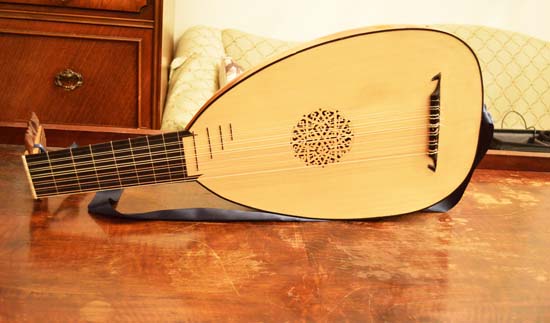
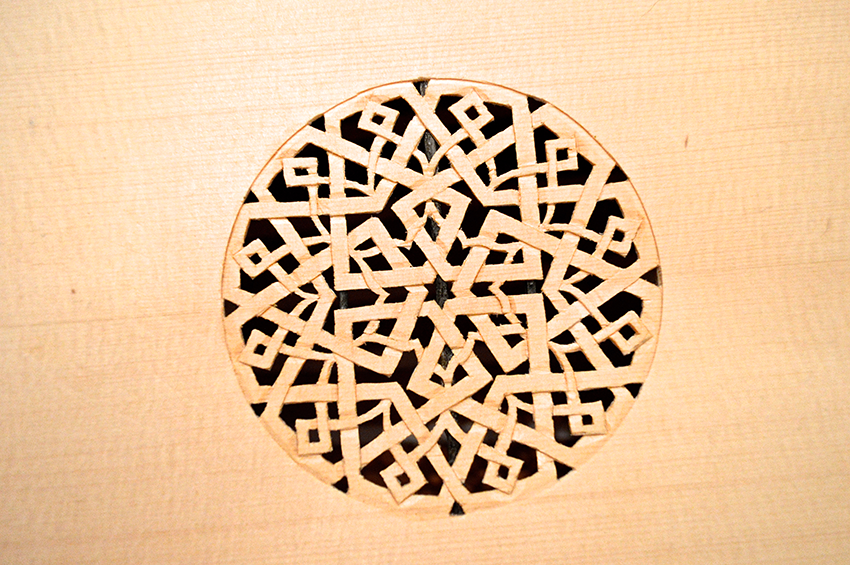
I completed this 7 course lute in 2013. The belly is european spruce and the ribs are cherry. The strings are Nylgut from Aquila String Company.
